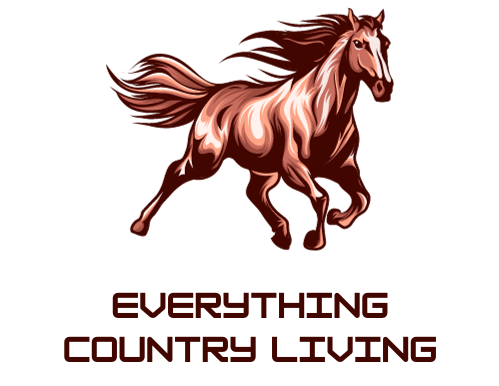
This post will show you all the ways western and english riding are different. If you are thinking to get into horseback riding you will want to understand the key differences before choosing your horse. Equestrian vs western riding read on to choose your path.

When you dive into the world of horseback riding, you’ll quickly discover two distinct styles: English and Western riding. Both are rich in tradition, technique, and purpose, but they offer vastly different experiences in the saddle.
Whether you’re a seasoned rider or a beginner exploring equestrian sports, understanding the nuances of equestrian vs Western riding can help you choose which style suits your interests, goals, and personality.
In this comprehensive guide, we’ll break down the core differences between these two iconic riding styles—from equipment to disciplines, and even the horses that typically excel in each.
Historical Origins
To understand the differences between English and Western riding, it helps to start with their roots.
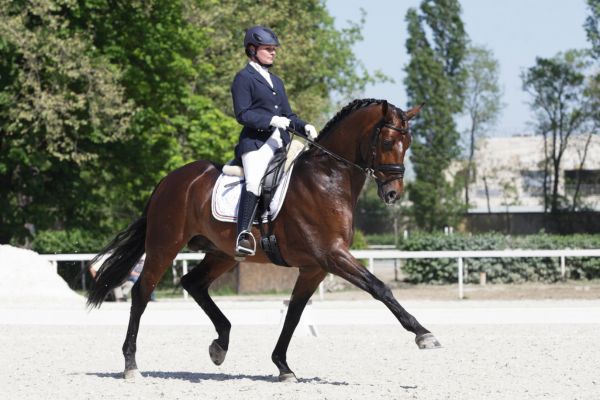
- English Riding: This style originates from European traditions, primarily focusing on cavalry and military needs in Europe. It evolved into a more formal style, with disciplines that emphasize elegance, precision, and technique.
- English riding is deeply tied to traditions of fox hunting, show jumping, and dressage.
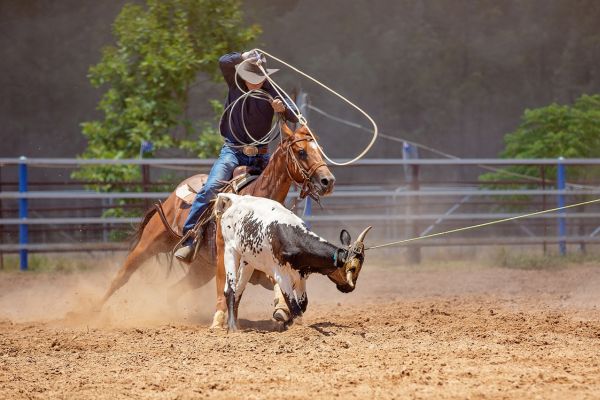
- Western Riding: In contrast, Western riding has its origins in the American West, where cowboys needed a practical and comfortable riding style for long hours of ranch work.
- It developed out of necessity for cattle herding and long rides through rugged terrain.
- This style prioritizes comfort, utility, and the ability to work efficiently with livestock.
The differences in history alone begin to hint at how varied these styles are, from their purpose to their form.
Saddles and Tack
Perhaps one of the most immediately noticeable differences between English and Western riding is the saddle.
- English Saddle: This saddle is smaller and lighter, designed to allow close contact between the horse and rider. It’s built for a range of disciplines, including dressage, jumping, and eventing, where balance and precision are key.
- The lack of a saddle horn and large, flat seat means that riders rely heavily on their posture and leg cues to communicate with the horse.
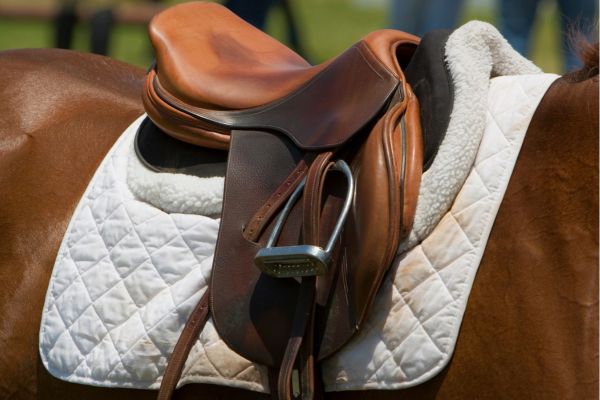
- Western Saddle: Built for comfort and long hours in the saddle, the Western saddle is larger, heavier, and more supportive than its English counterpart. It’s designed with a deep seat and a prominent saddle horn, used for roping cattle.
- The Western saddle spreads the rider’s weight more evenly across the horse’s back, making it suitable for long rides and ranch work.
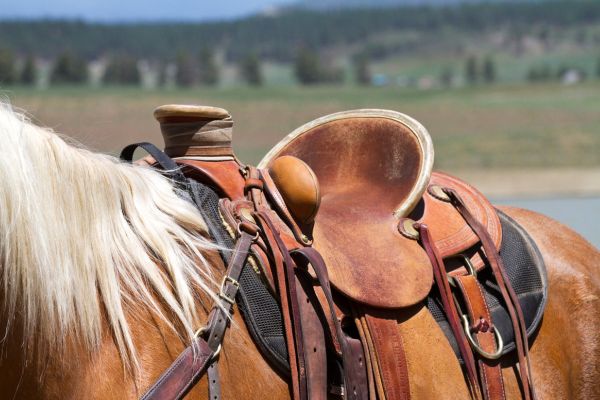
This difference in saddles reflects the distinct purposes of each riding style. English riding is more about refinement and skill, while Western riding emphasizes practicality and endurance.
Riding Attire
The attire in English and Western riding also varies significantly, serving different purposes and reflecting the unique cultures behind each style.
- English Riding Attire: Riders wear more formal clothing, including breeches, tall boots, and tailored jackets. Helmets are standard in all English disciplines for safety. In competitive settings like dressage or show jumping, the rider’s appearance is polished, clean, and classic. This traditional attire harks back to the refined European origins of the sport.
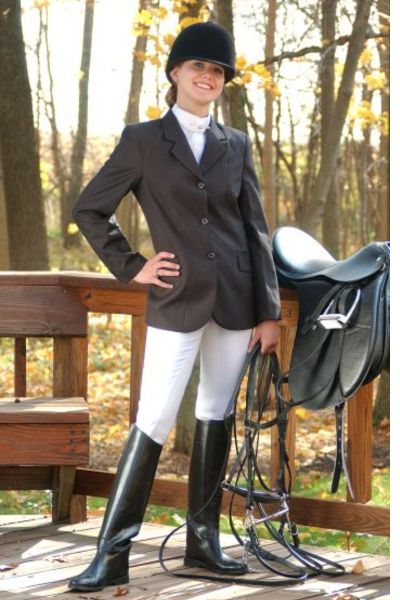
- Western Riding Attire: Western riders typically wear more casual, rugged clothing suited for outdoor work. Cowboy hats, jeans, and boots with spurs are common, and chaps may be worn for additional protection during ranch work or trail rides. Western attire is all about functionality, providing comfort and durability for long days in the saddle.
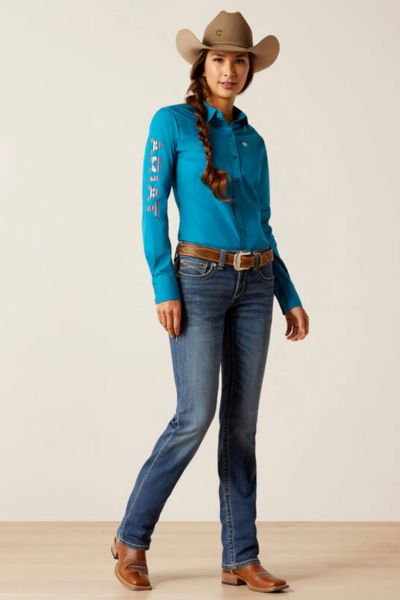
Both styles of riding have their signature looks, but where English riding tends toward the elegant and formal, Western riding is about practicality and a laid-back cowboy culture.
Disciplines and Competitions
When it comes to competitive disciplines, the differences between equestrian vs Western riding become even more pronounced.
- English Disciplines: The English riding world is home to disciplines that focus on precision, elegance, and skill. Some of the most popular English disciplines include:
- Dressage: Often referred to as “horse ballet,” dressage is a discipline where the rider and horse perform a series of highly controlled, precise movements. The goal is to demonstrate the horse’s training, balance, and responsiveness to subtle cues.
- Show Jumping: This fast-paced event challenges horse and rider to clear a series of jumps without knocking down any obstacles or exceeding the time limit.
- Eventing: Known as the equestrian triathlon, eventing combines dressage, cross-country, and show jumping into a single competition that tests a horse’s versatility and endurance.
- Western Disciplines: Western competitions often revolve around the tasks cowboys would perform on a ranch. Some of the most popular Western disciplines include:
- Reining: In this event, horse and rider perform a series of spins, stops, and other maneuvers at high speed, showing the horse’s responsiveness and agility.
- Barrel Racing: A timed event where riders navigate their horses around a cloverleaf pattern of barrels at top speed, requiring tight turns and fast acceleration.
- Cutting: This event simulates cattle herding, where the rider must separate a single cow from a herd and keep it from returning to the group, testing both horse and rider’s focus and skill.
Both English and Western disciplines require immense skill, but the focus and style of each are quite different. English disciplines often center around form and technique, while Western competitions highlight speed, precision, and cattle work.
Rider’s Position and Cues
A critical difference between equestrian vs Western riding is the way riders position themselves in the saddle and how they communicate with their horses.
- English Riding Position: English riders maintain a more upright, balanced position, with hands held higher and legs positioned close to the horse’s sides. The reins are held with two hands, and leg cues are typically more subtle, requiring the horse to respond to lighter contact. The rider’s posture and balance are essential in disciplines like dressage and show jumping.
- Western Riding Position: In Western riding, the rider adopts a more relaxed posture, with the reins held loosely in one hand. This is often referred to as a “neck rein,” where the rider lightly places the reins against the horse’s neck to signal direction. The rider’s feet are positioned more forward, and leg cues are more pronounced. Western riding allows for a more laid-back position, reflecting its roots in long hours spent working cattle.
The differences in position and rein handling are closely tied to the history of each style, with English riding emphasizing communication through finesse, and Western riding using more direct, practical cues.
Horses in English vs Western Riding
The types of horses used in each riding style also differ, as different breeds are suited for the specific demands of equestrian vs Western riding.
- English Horses: English disciplines often favor lighter, more agile horses, such as Thoroughbreds, Warmbloods, and Arabians. These breeds are prized for their elegance, speed, and ability to perform precise movements required in disciplines like dressage or show jumping.
- Western Horses: Western disciplines typically rely on stockier, sturdier horses like Quarter Horses, Paints, and Appaloosas. These breeds are known for their strength, endurance, and ability to perform tasks like cattle herding and reining with ease.
Each breed brings unique strengths to the table, aligning with the different demands of English and Western riding.
Purpose and Riding Experience
At the heart of the equestrian vs Western debate is the purpose behind the riding.
- English Riding: English riding is often about refinement, competition, and mastery of technique. It can be highly rewarding for those who enjoy precision, structure, and competitive performance.
- Western Riding: Western riding, by contrast, is more laid-back and rooted in practicality. Whether you’re riding on a ranch, hitting the trails, or competing in rodeo events, Western riding tends to focus on comfort, endurance, and a partnership between horse and rider that’s built for utility.
The experience of riding in each style is vastly different. English riding offers a sense of elegance and control, while Western riding is often seen as more relaxed and accessible, perfect for trail riding or working on a ranch.
Which Style Is Right for You?
Choosing between equestrian vs Western riding ultimately depends on your personal preferences, goals, and the kind of riding experience you seek.
If you’re drawn to elegance, competition, and mastering precision, English riding may be the perfect fit. On the other hand, if you prefer a more relaxed style that emphasizes comfort and practicality, Western riding might be more your speed.
Both styles offer unique rewards, and many riders enjoy learning both to expand their skills and appreciation of horseback riding. Whether you’re navigating the show ring in English riding or galloping across a ranch in Western riding, the bond between horse and rider is what truly defines the experience.
Equestrian vs Western Conclusion
In the debate of equestrian vs Western riding, there’s no definitive winner—just two incredible traditions that offer different paths to enjoying time in the saddle. From the historical roots to the tack, attire, disciplines, and horses themselves, English and Western riding are diverse yet united by a shared love of horses.
Please leave a comment below. I would love to hear from you!
Other posts you may like:
Quarter Horse vs Thoroughbred: The Key Differences You Must Know
First Time Horse Owner – Ultimate Guide to Buying a Horse
